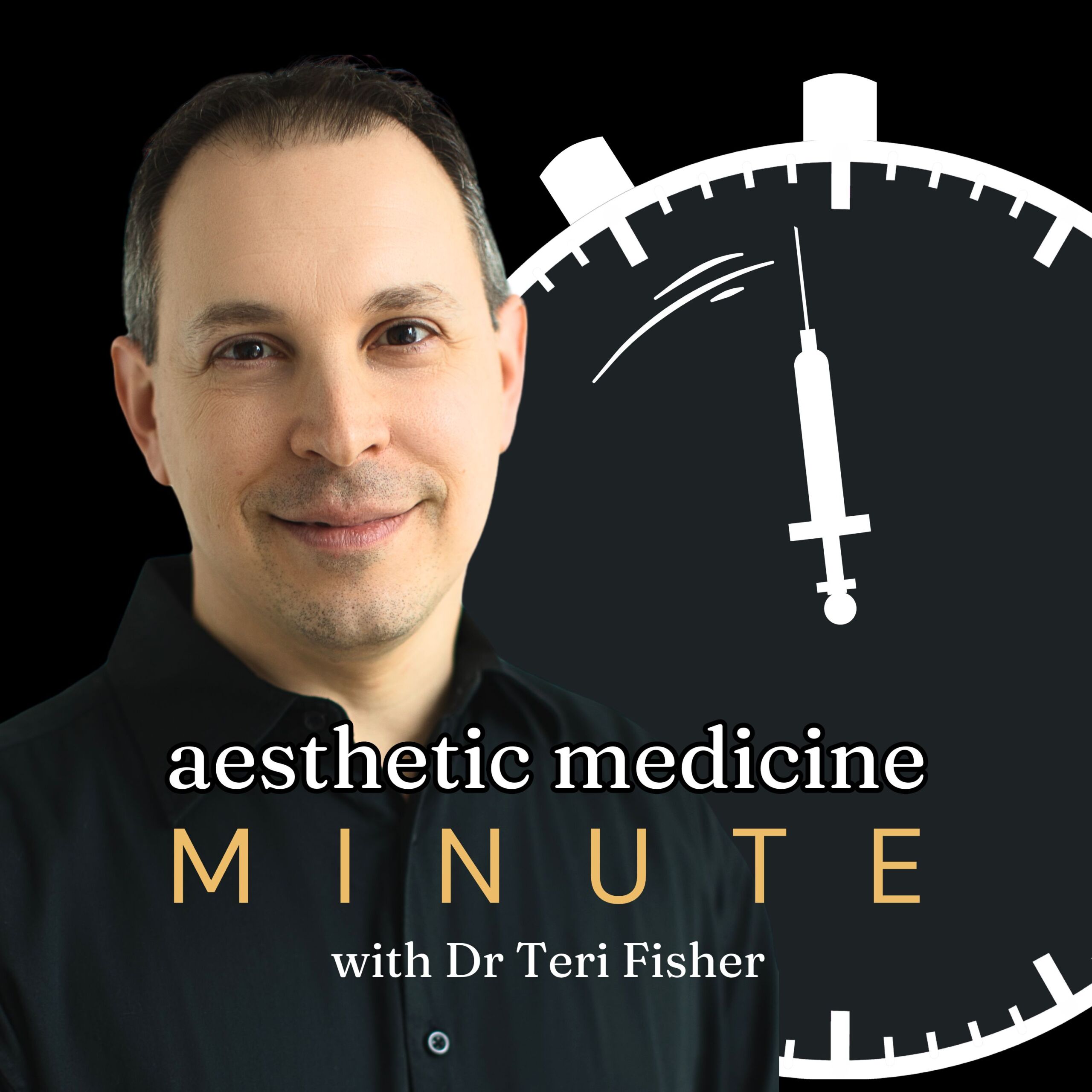
AMM 151: Hyaluronic Acid: Anti-Aging and Wound Healing Marvel
July 27, 2024
In this episode, listeners will explore the versatile uses of hyaluronic acid (HA) in both aesthetic medicine and wound healing. The discussion delves into HA’s critical role in biological processes such as cellular proliferation, migration, angiogenesis, and tissue regeneration. Discover how HA-based formulations are advancing anti-aging treatments through products like creams, gels, and dermal fillers, and learn about HA’s promising potential in effective wound repair. As we navigate future applications, we also consider the ongoing research aimed at maximizing HA’s effectiveness in skin regeneration and medical treatments.
Quick Takes
- HA is a naturally occurring component with versatile uses in aesthetic medicine and wound healing.
- HA is involved in various biological processes such as cellular proliferation, differentiation, migration, signaling, and tissue regeneration.
- HA-based formulations are beneficial in anti-aging treatments, offering hydration, wrinkle reduction, correction of deformities, and restoration of facial volume.
Episode Transcript
Today is July 27, 2024, and I’ve got an interesting update on the versatile uses of hyaluronic acid, or HA, in aesthetic medicine and wound healing.
HA’s abilities extend far beyond what we typically think of in skin care. It’s a naturally occurring component in the extracellular matrix, and it plays a critical role in numerous biological processes. We’re talking about cellular proliferation, differentiation, migration, signaling, and inflammatory responses. It’s even involved in angiogenesis and tissue regeneration.
Currently, HA-based formulations are making significant strides in anti-aging treatments. Whether it’s creams, gels, or dermal fillers, they offer substantial benefits for skin aging. These products help to hydrate the skin, reduce wrinkles, correct tear trough deformities, and restore facial volume with their excellent biocompatibility and biodegradability.
What’s fascinating is the potential of HA in wound healing. Thanks to its unique properties, it’s an ideal material for tissue regeneration, facilitating quicker and more effective wound repair. This dual role in both aesthetic enhancement and medical treatment is truly impressive.
As we look ahead, the challenge remains in optimizing HA-based compounds to maximize their effectiveness in skin regeneration and tissue repair. But with ongoing research and development, I’m optimistic about the future applications of HA in both fields.
That’s it for today’s Aesthetic Medicine Minute. Thanks for tuning in, and remember, keep your confidence sculpted!
